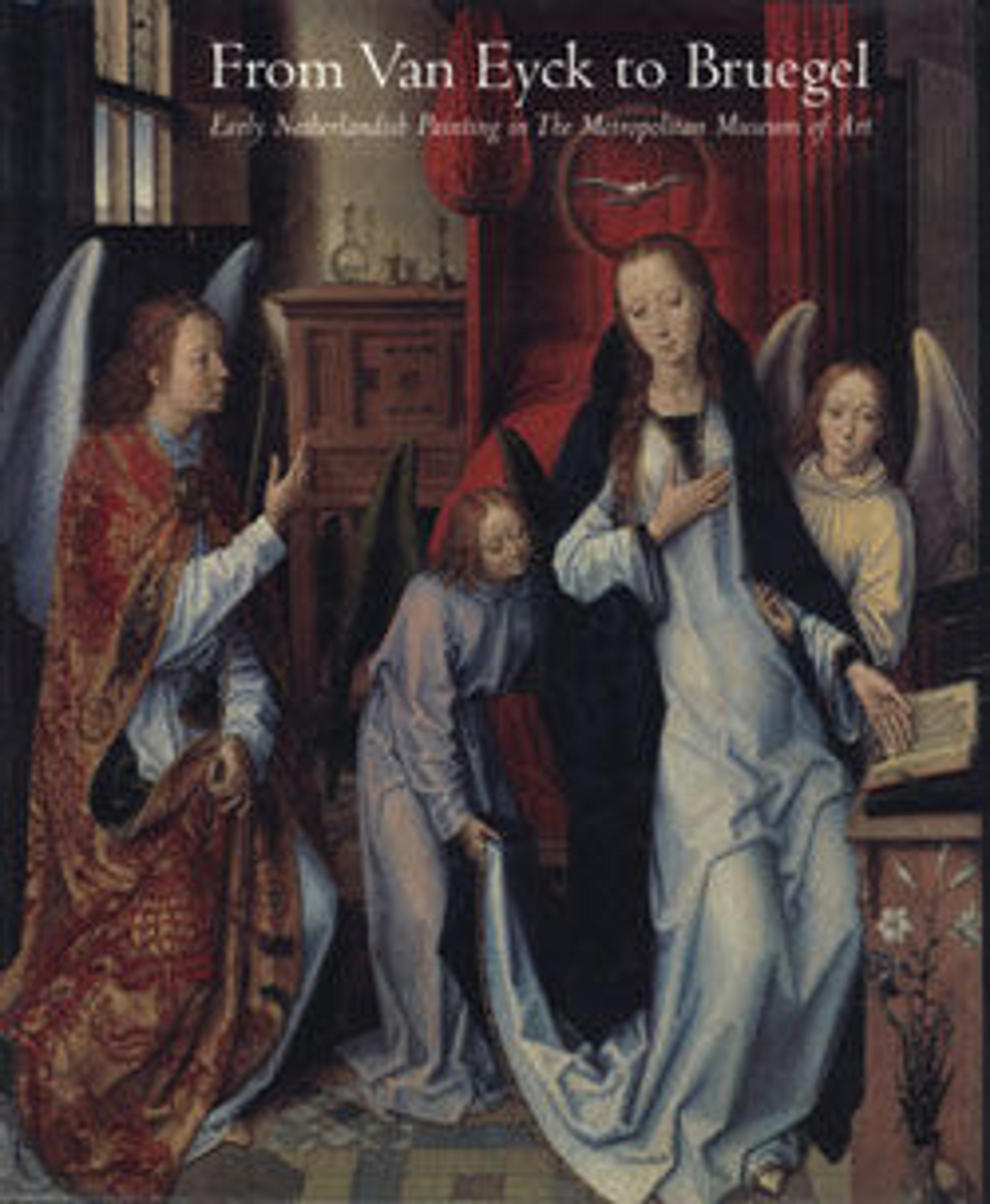Portrait of a Man in a Chaperon
This young man wears a red turban, known as a chaperon; his attire suggests the work was painted in the 1440s. The sitter’s hands originally occupied a smaller area, but the artist adjusted their position so that they could hold a flower. The inclusion of the carnation (also known as a pink), is a sign of marital love and fidelity, suggesting that the panel originally was paired with a portrait of a woman.
Artwork Details
- Title:Portrait of a Man in a Chaperon
- Artist:Netherlandish Painter (1440–50)
- Medium:Oil on wood
- Dimensions:Overall 11 x 7 3/4 in. (27.9 x 19.7 cm); painted surface 10 5/8 x 7 1/4 in. (27 x 18.4 cm)
- Classification:Paintings
- Credit Line:The Jules Bache Collection, 1949
- Object Number:49.7.24
- Curatorial Department: European Paintings
More Artwork
Research Resources
The Met provides unparalleled resources for research and welcomes an international community of students and scholars. The Met's Open Access API is where creators and researchers can connect to the The Met collection. Open Access data and public domain images are available for unrestricted commercial and noncommercial use without permission or fee.
To request images under copyright and other restrictions, please use this Image Request form.
Feedback
We continue to research and examine historical and cultural context for objects in The Met collection. If you have comments or questions about this object record, please contact us using the form below. The Museum looks forward to receiving your comments.
